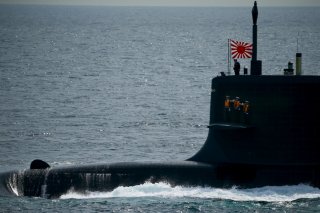Meet the Super Stealthy, Budget-Friendly Subs The U.S. Navy Doesn't Have
This is the right force for the times, and it can be had at a low, low price compared to an SSN contingent.
Preemptive reconstruction of battle strength ought to be the watchword for U.S. fleet architecture from now on. And there’s one final advantage to building up reserve capacity: it empowers fleet commanders to handle the existing fleet aggressively at the outbreak of war rather than act cautiously to conserve irreplaceable assets. Knowing replacement ships and planes are on the way lets commanders court risk—much as Admiral Chester Nimitz could fling the remains of the Pearl Harbor fleet into aircraft-carrier raids in 1942, knowing a brand-new U.S. Navy would arrive in Pacific waters starting in 1943. If you have a spare, why not risk what’s on hand in hopes of scoring a major triumph?
So there you have diplomatic, strategic, budgetary, operational, and tactical reasons for acquiring diesel submarines to augment the existing nuclear fleet. Let’s get to it.
James Holmes is J. C. Wylie Chair of Maritime Strategy at the Naval War College and coauthor of Red Star over the Pacific.
Image: Reuters

